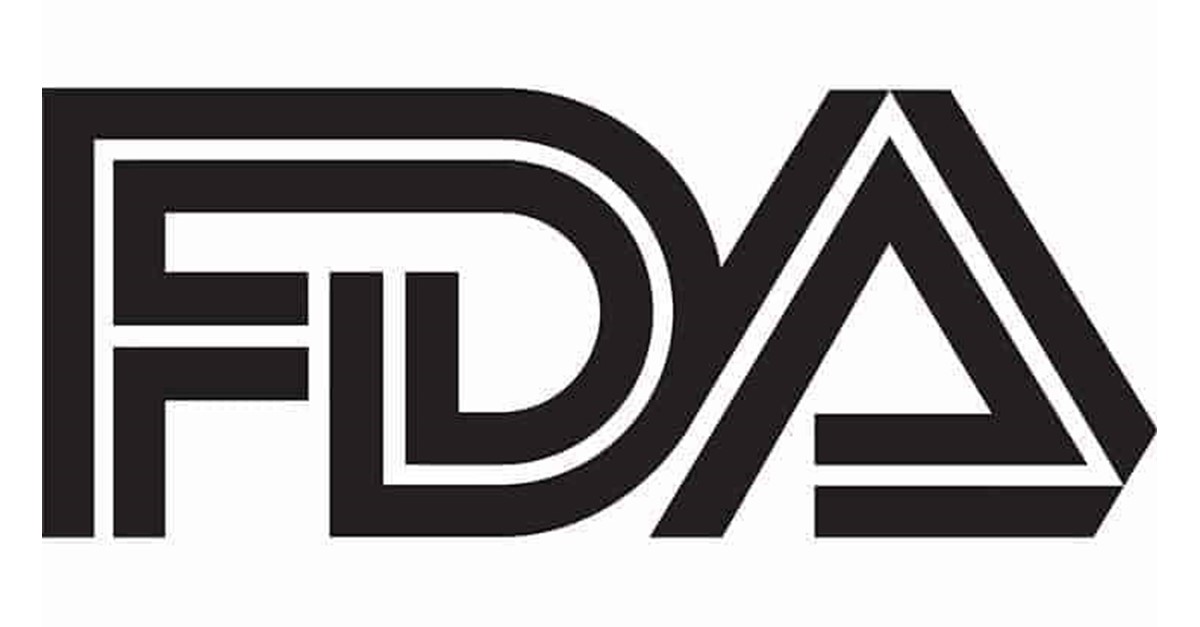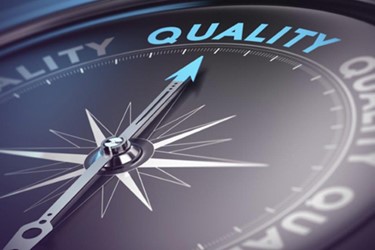The new article addresses the aspects related to the manufacturing information the authority expects to be included in the submissions.

Table of Contents
The Food and Drug Administration (FDA or the Agency), the US regulating authority responsible for healthcare products, has published a guidance document dedicated to the quality system information for certain premarket application reviews. The document is intended to provide additional clarifications regarding the applicable regulatory requirements, as well as recommendations to be taken into consideration by medical device manufacturers and other parties involved to ensure compliance thereto. At the same time, provisions of the guidance are non-binding in their legal nature, nor are intended to introduce new rules or impose new obligations. Moreover, the authority explicitly states that an alternative approach could be applied, provided such an approach is in line with existing legislation and has been agreed with the authority in advance.
Quality System Procedures
According to the guidance, the authority expects the applicant to submit a copy of the quality system procedure(s) developed and implemented by the entity. The said procedure(s) should cover such aspects as:
- Quality audit or internal audit procedure(s);
- Management review procedure(s);
- Outline the structure of the quality system documentation.
The requirement to have the aforementioned written procedure is also set forth by regulation 820.20(e). The latter prescribes the structure such policy should have, namely:
- Title and scope of application;
- Table of contents;
- Definitions (if needed);
- Outline the structure of the quality manual or quality system documentation;
- Quality policy and objectives;
- Organizational structure and responsibilities or authority;
- References to basic quality system procedures;
- Guide or appendix for supportive data (if needed).

Additional Aspects
Apart from the documented quality system procedures to be developed and implemented by the medical device manufacturer, the authority also expects the applicant to provide information addressing, inter alia, the following aspects:
- Production Flow. The applicant should submit a production flow diagram describing the manufacturing process for the authority to be able to identify the most important elements thereof.
- Applicable Standards. The applicant should also provide a comprehensive list of standard(s) followed concerning the product or manufacturing process in general.
- Purchasing Controls. The authority also expects the applicant to submit a copy of the procedure(s) for purchasing control, especially in cases when the product is being manufactured by a subcontractor. The scope of the said procedure(s) should address such aspects as:
- Evaluation process employed by the supplier, together with the control measures used by the applicant;
- Record-keeping concerning suppliers and purchase data; and
- The way the applicant intends to balance purchasing assessment and receiving acceptance to ensure that products and services are acceptable for their intended use.
The applicant should also submit a respective policy highlighting the aspects related to the environmental and contamination control. Apart from this, it is important to provide documentation and internal policies describing the procedures followed to ensure proper operations of test equipment used (e.g., calibration and inspections).
Process Validation
The authority pays special attention to the process validation and aspects associated thereto. In particular, an applicant is expected to submit a copy of [the] process validation master plan, or a description of which manufacturing process [the applicant] will validate, for the device under review. Apart from that, it is necessary to provide information regarding the processes that are falling outside the scope of validation activities but would be subject to inspections. The authority additionally emphasizes that the said validation master plan should address the aspects related to the software validation, if applicable due to the nature of the device in question.
Under the general rule, process validation is required in all the cases when the safety and quality cannot be fully assessed solely by assessing the final product. The authority further refers to the Quality System requirements to be taken into consideration by medical device manufacturers.
The plans an applicant is expected to provide should cover all the processes subject to validation. The authority also mentions that the completed validation reports that are already available should be provided as well. In this respect, the FDA emphasizes the following key points:
- Validation procedure(s) or plan(s) should contain or refer to objective and measurable acceptance criteria;
- Validation procedure(s) or plan(s) should describe how appropriate statistical methods for data collection and analysis are used;
- Validation procedure(s) or plan(s) should define the criteria for re-validation.
It is important to mention that the information outlined hereinabove should be provided together with other manufacturing information submitted by the applicant. At the same time, there are no requirements to complete the validation process before the submission date – it should be completed before the preapproval inspection and distribution of products.
Receiving and Acceptance
The document also pays attention to the matters related to the activities associated with receiving and acceptance – the appropriate written policies developed and implemented by the manufacturer should be included in the scope of submission. The said policy should indicate the acceptance criteria to be applied based on the nature of the products in question and their specific features. Apart from that, it is also important to include information related to the assessment activities, including any tests and audits to be conducted to ensure that the products subject to assessment comply with the respective quality requirements. The authority further explains that the procedure should:
- Define the acceptance/rejection criteria;
- Outline the disposition of rejected or nonconforming products, and include how and when nonconforming products are reworked, accepted, regarded, scrapped, or returned;
- Your procedure(s) should ensure documentation of acceptance activities, including:
- Activity performed,
- Dates the acceptance activities were performed,
- Results,
- Signature of the individual(s) conducting the acceptance activities,
- Equipment used, where appropriate.
According to the guidance, an applicant should also provide the policies describing the approach to be followed concerning the final acceptance activities. As in the case of other acceptance-related policies, they should outline the applicable acceptance criteria and describe in detail the assessment methods used.
In summary, the present FDA guidance clarifies the specific requirements regarding the internal policies and procedures an applicant should submit when providing the manufacturing information. The document outlines the most important aspects to be considered to ensure the validity and completeness of the information submitted.
Sources:
How Can RegDesk Help?
RegDesk is a next-generation web-based software for medical device and IVD companies. Our cutting-edge platform uses machine learning to provide regulatory intelligence, application preparation, submission, and approvals management globally. Our clients also have access to our network of over 4000 compliance experts worldwide to obtain verification on critical questions. Applications that normally take 6 months to prepare can now be prepared within 6 days using RegDesk Dash(TM). Global expansion has never been this simple.

